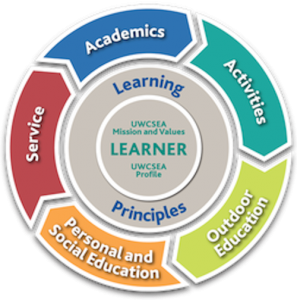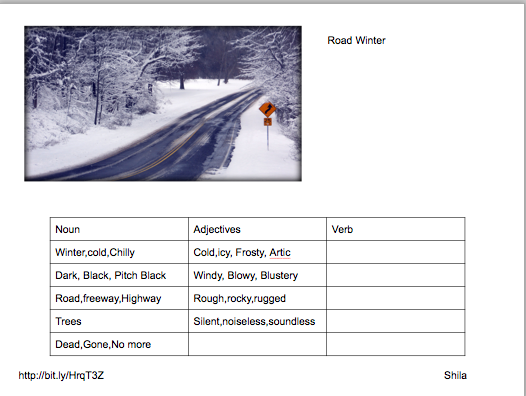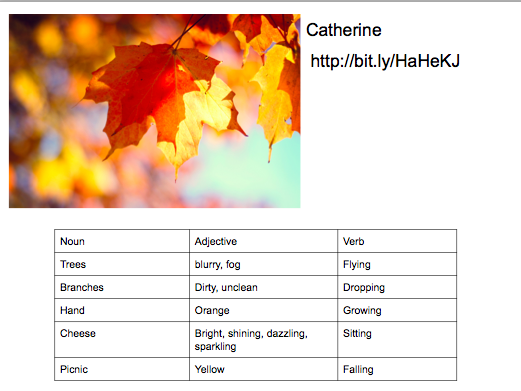I have been thinking and writing a lot about nature and the outdoors lately. As I slumber through a post-trip funk, I just returned from Chiang Mai after six days of caving, trekking and rafting with kids, I can’t help but continue to reflect on how valuable those times outdoor are to learners and teachers. I have a mammoth post brewing about my recent trip, but I wanted to scratch out a quick post about a simple experiment from yesterday.
I was teaching my grade 7 BTC (Be The Change Class) and I had planned for students to share memorable experiences they have had in the outdoors. Trying to get the kids to realize that it is difficult to care about anything or to take any action if they don’t have actual experience with it, I wanted them to mine their own experiences for times when nature meant something. Armed with Sam Sherratt’s recent post, I wanted a way to build a bit of awe and wonder.
So often, we allow ourselves to over-think how to get kids to shift their perspective and feel curious. I realized that I did not have to plan some huge trip, or create an immense experience to show kids that we are surrounded by wonder. All we have to do is notice it, move amongst it by changing where we work and think and learn. I needed something quick and easy and different.
We have a small patch of green space on our campus (not enough for sure) but it is what we have so I worked with it. I took my class down to the grass and we shared our natural experiences beneath the shade of the trees, the floating clouds and the slightly damp and muddy ground.
Nothing earth-shattering, I know. But you should have see the excitement and ease with which the kids adjusted to this new environment. Read for yourself the affect of such a tiny shift of going outside to learn can have on a student’s day.
I think that going downstairs into the grassy area was not really something we normally do at school, so it was a different experience, but also really fun. It was exciting and surprising to hear everybody else’s stories about interacting with nature and also to share my stories too. A lot of people had stories where they had done similar things that i had done in the past and it was interesting to relate to them with my own experiences (such as interacting with dolphins, whale watching, drinking out of streams, snorkeling etc.) . Additionally it was really nice to just be outdoors and get a bit muddy, relax and just hang out with friends instead of being in the air con all day and working on our laptops like we usually are.
Today was a very different class because we went outside into nature and talk about our outdoor experiences. I really liked it because I am more of an outdoor person and we got to talk and reflect about how we take nature for granted sometimes. I found today’s lesson very relaxing, and was fun at the end when we got to chill and play tag. It really taught me how much fun you can have without our expensive things and how we should all help conserve the small amount of nature we still have.
Today in BTC we went outside to a green area, close to the gate where the buses go out. We sat in a circle in the grass, and talked about our experiences with nature, whether it was wildlife or not. I learned that a lot of us had really interesting encounters with nature especially in regard to wildlife. Several people had gotten close up to manta rays, others with lions, and even more to turtles. I recounted when my family and cousins went to Hawaii for a vacation when I was 5, and we were swimming in the ocean when my cousin spotted a green sea turtle. my cousin, brother, and I went over to the turtle and just started swimming along beside it. The turtle didn’t go away and we spent over an hour just swimming next to it. It was an amazing experience. We also talked about how living in an Urban area can cut off our connections to nature and how our senses get dull over a while if we don’t connect with nature. We also talked about how we don’t need aircon all the time, or the environment around us doesn’t have to be clean all the time.

We ended with a short lay in the sun and a quick game of tag. Next time you want to get kids excited about being outside, all you have to do is take them there. It is amazing what a little breeze, some mud, grass and a few clouds can do for a kid. Now I am left thinking about how can I authentically incorporate more experiences like this into what we do on a regular basis. Do you have any ideas or suggestions?







